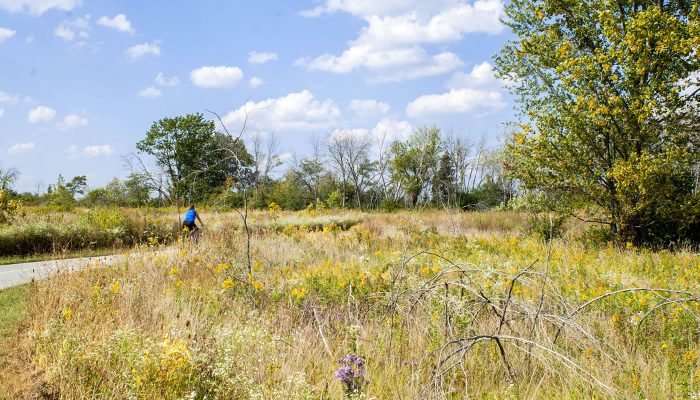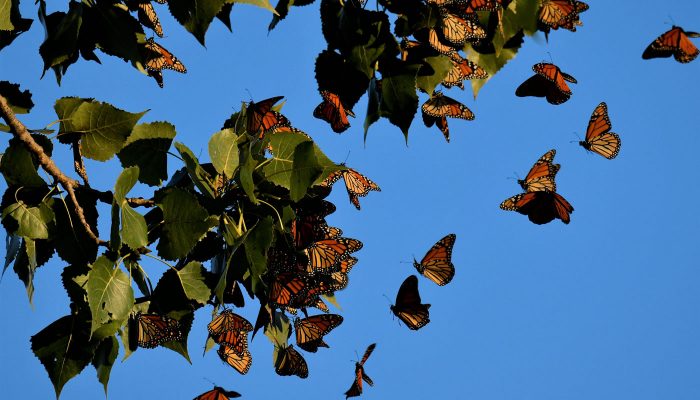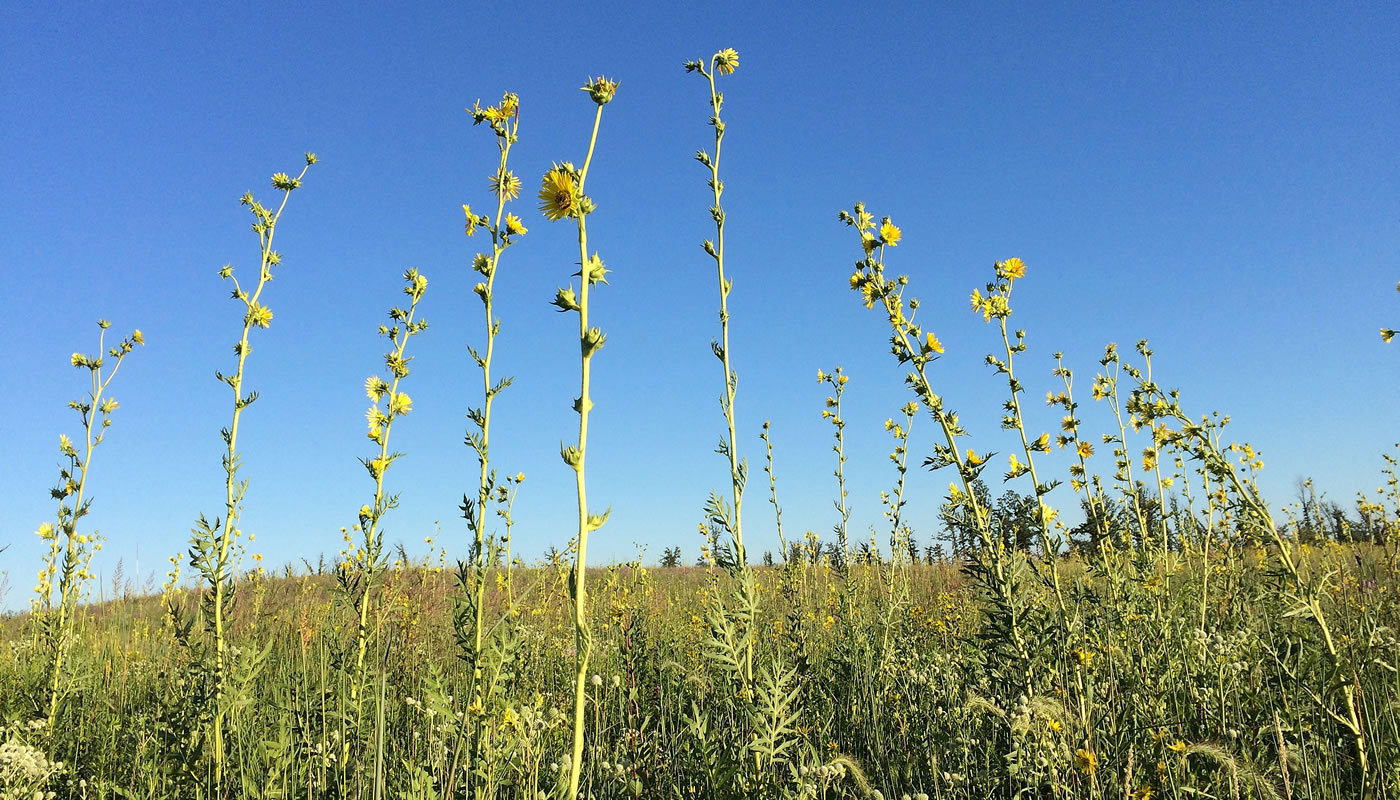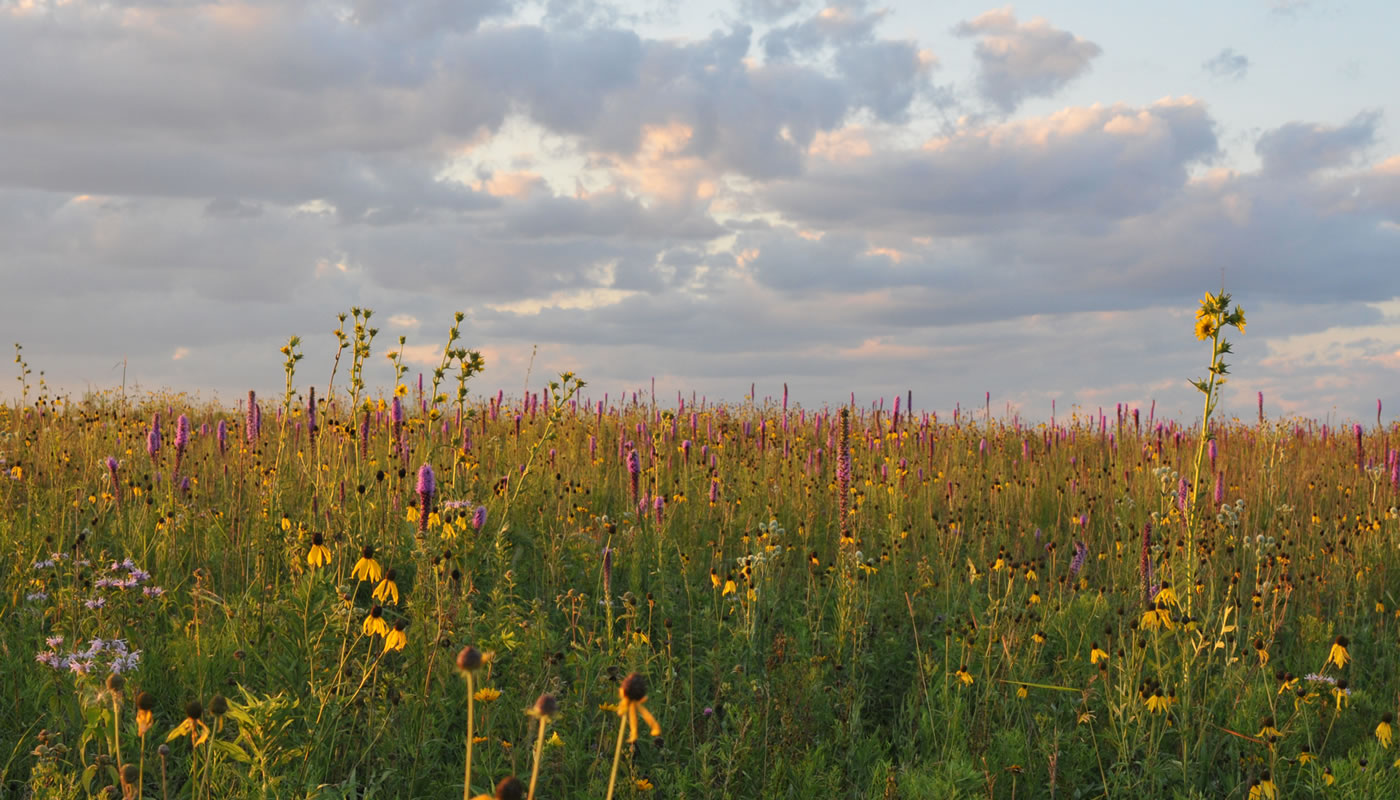On this page:
Locations & Things to Do
Orland Grassland Land and Water Reserve
Entrance
Things to Do & Amenities
- Parking
- Portable Bathroom
- Trail Access
- Hiking & Walking
- Bicycling
- Dogs
(on-leash only) - Birding Hotspot
- Volunteer Opportunities
Hours
Year-round: Sunrise to SunsetClosures & Alerts
- NO ISSUES 5/16/2025: Open during normal hours.
Orland Grassland-South
Entrance
Things to Do & Amenities
- Parking
- Portable Bathroom
- Trail Access
- Hiking & Walking
- Bicycling
- Dogs
(on-leash only) - Birding Hotspot
- Volunteer Opportunities
Hours
Year-round: Sunrise to SunsetClosures & Alerts
- NO ISSUES 5/16/2025: Open during normal hours.

Orland Grassland Trails
Surface
Paved & UnpavedEstimated Total Length
13.0 milesHours
Year-round: Sunrise to SunsetClosures & Alerts
- NO ISSUES 5/16/2025: Open during normal hours.

Nature Notes
This site has more than 750 acres of open prairie in which rare grassland birds find needed habitat. The area was once farmland but is now being restored as a grassland complex with prairie, wetlands, open ponds, oak savannas, shrublands and woodlands. Since habitat restoration efforts began in 2002, native grasses and wildflowers have also begun to flourish. Of the millions of acres of prairie that existed in Illinois prior to the arrival of the settlers, only .001 remains. Orland Grassland is bringing back that native prairie heritage.
Enjoy the sights and songs of birds seen almost nowhere else, butterflies and dragonflies and multitudes of grasshoppers hopping around your feet. Watch coyotes trot alone along the horizon as the shadows of clouds drift across the prairie.
Glacial advances and retreats created a rolling topography, where prairie uplands and low wetlands once shared the landscape. Disabling miles of drain tiles from earlier farming days enabled the site’s natural water scheme (or “hydrology”) to return, once again providing flowing streams, open ponds and swaths of wetlands.
Many grassland birds of concern, such as the Henslow’s sparrow, bobolink, dickcissel, field sparrow, eastern meadowlark and others are found at Orland. More than 100 bird species are counted each year at the volunteer bird count, including warblers, dunlins, phalaropes, sora rails, orchard orioles and eastern kingbirds. Harriers and Cooper’s hawks circle in the sky, and migrating sandhill cranes have stopped over in good numbers.
These special birds find habitat among some equally special plants, such as the scurfy pea, lead plant, hoary puccoon and prairie gentian. Purple prairie clover and grass-leaved goldenrod add color, while the towering compass plant and prairie dock add dimension to the greens and browns of the iconic prairie grasses. Grass species here include little bluestem, prairie dropseed, big bluestem, Indian grass and Scribner’s and Leiberg’s panic grasses.

Restoring Orland Grassland
Learn more about restoration efforts at Orland Grassland:
- Orland Grassland Restoration Marks Milestone (October 2014)
- Illinois Tollway to Restore Orland South Wetlands (July 2013)
- What is Restoration? Page
Volunteer Opportunities
Join volunteers to restore habitat for many important threatened grassland birds. Activities include cutting invasive brush to protect bur oaks and native shrubs from being crowded out. Invasive species like white sweet clover and teasel are removed and native seed is collected to distribute within the grassland.

